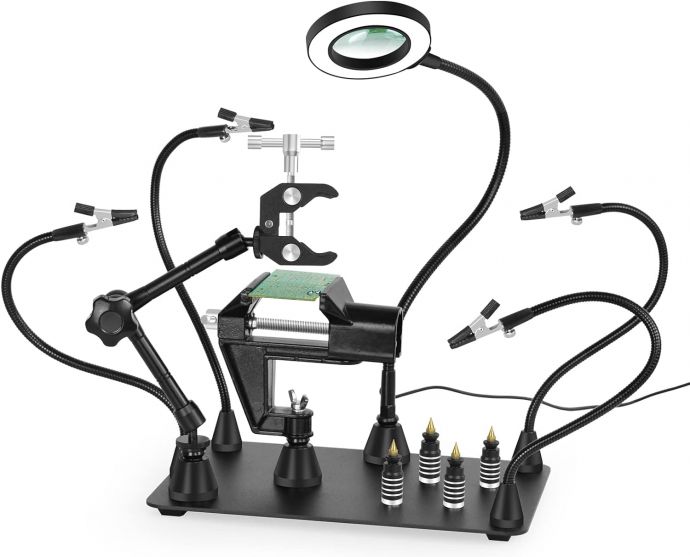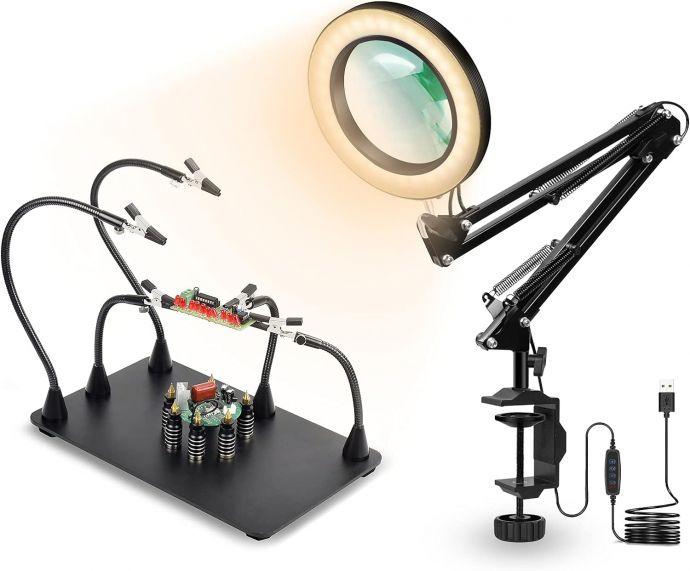In our fast-paced world, effective communication has become more crucial than ever. Whether you're sharing an idea, drafting a business proposal, or simply having a conversation, ensuring your message is understood as intended is vital. The cornerstone of effective communication is clarity. Maximizing clarity in both written and verbal exchanges can prevent misunderstandings, build stronger relationships, and enhance productivity.
To embark on the journey of maximizing clarity, we must first understand what clarity entails. Clarity involves being clear, precise, and succinct in your communication. It means avoiding ambiguity and complexity that can cloud understanding. Here are comprehensive strategies to ensure your message comes across loud and clear.

### Simplify Your Language
Opt for simple language whenever possible. Complex words and jargon can alienate your audience and obscure your message. When the audience must decipher your words, your message loses impact. Strive to use everyday language that everyone can understand, regardless of their background or expertise.
### Be Concise

In a world inundated with information, brevity is not just a virtue; it's a necessity. Being concise means eliminating wordiness without sacrificing essential details. Take, for instance, the difference between these two sentences:
- "We are planning to implement a new customer relationship management system in the next quarter to enhance our interactions with clients."
- "Next quarter, we will implement a CRM system to improve client interactions."
The second sentence delivers the same information but in a more straightforward manner. Cutting down on superfluous words helps maintain the reader's or listener's attention.

### Organize Your Thoughts
A well-organized message is much easier to understand than a chaotic one. Organize your thoughts logically and structure your communication in a way that guides the audience through your message. Outlines can be helpful for written communication, while verbal communication might benefit from bullet points or numbered lists. This structure not only aids in clarity but also ensures that all relevant points are covered systematically.
### Use Visual Aids

Incorporating visuals like charts, graphs, and pictures can significantly enhance clarity. Visual aids can provide a quicker and more comprehensive understanding of complex information. They serve as a bridge between abstract ideas and concrete understanding, making your message more engaging and digestible.
### Active Voice Over Passive Voice
The active voice makes your writing more direct and assertive. Passive voice often leads to unnecessary confusion and lengthens sentences. Compare:

- "The report was completed by the team."
- "The team completed the report."
The second sentence is clearer and more straightforward, making it easier for the audience to grasp who did what.
### Define Unfamiliar Terms

If you must use technical terms or jargon, always define them at the first instance of usage. This ensures that everyone, regardless of their familiarity with the subject, is on the same page. Creating a glossary of terms can also be beneficial, especially in detailed reports or presentations.
### Use Examples
Examples can turn abstract concepts into tangible understandings. When explaining complex ideas, provide relevant examples to illustrate your points. This not only clarifies your message but also helps the audience relate to it better.

### Avoid Ambiguity
Ambiguity is the enemy of clarity. Be explicit in your expressions. Instead of saying, "We will meet later," specify a time: "We will meet at 3 PM." Vague statements leave room for varied interpretations, often leading to confusion and miscommunication.
### Reiterate Key Points
Reiteration reinforces your message and ensures it sticks with your audience. Summarize your key points at the end of your communication, recapping the critical aspects. This reinforces your message and serves as a reminder, enhancing retention.
### Seek Feedback
Feedback is a crucial component in the pursuit of clarity. After sharing your message, ask for feedback to gauge how well it was understood. This can be in the form of questions like, "Is there anything unclear?" or "Do you need further clarification on any point?" Feedback helps identify any gaps in your communication and provides opportunities for improvement.
### Be Mindful of Cultural Differences
In an increasingly globalized world, it's essential to be aware of cultural differences that might affect communication. Certain expressions or idioms familiar to you may not be understood by someone from a different cultural background. Tailor your message to be universally understandable, thereby avoiding potential cultural misunderstandings.
### Emotional Intelligence
Emotional intelligence plays a significant role in clear communication. Being aware of your emotions and those of your audience enables you to tailor your message appropriately. It also helps in managing stress and maintaining focus, both of which are essential for delivering a clear message.
### Practice Active Listening
Achieving clarity is a two-way street, involving both expression and reception. Practicing active listening ensures you fully understand the other party's perspective before responding. This not only clarifies your understanding but also shows respect and fosters a more productive conversation.
### Consistent Editing and Proofreading
For written communication, consistent editing, and proofreading are paramount. Spell-checkers don't catch everything, and grammatical mistakes can obscure your message. Take time to review your work, possibly even reading it out loud to catch errors or ambiguities you might have missed otherwise.
### Utilize Technology
Modern technology offers various tools designed to enhance clarity. Grammarly, Hemingway Editor, and other writing aids can help you refine your message. Similarly, for verbal communication, recording your message and reviewing it can provide insights into areas of improvement.
### Tone and Emphasis
The tone of your message significantly affects clarity. A supportive, positive tone can enhance understanding, while a hostile tone may create barriers. Emphasizing key points can also aid clarity, ensuring the audience recognizes the most critical parts of your message.
### Adaptability
No two audiences are the same. Tailor your communication style to fit the needs of your specific audience. For example, a tech-savvy audience might appreciate detailed, technical information, while a general audience may prefer a more straightforward, layman-friendly approach.
### Stay Focused
Stay on topic and avoid digressions that may confuse your audience. If other points arise during communication, note them down for later discussion. This helps keep your message clear and prevents the main points from being diluted.
### Continual Improvement
Finally, the pursuit of clarity is an ongoing process. Regularly assess your communication skills and seek opportunities for improvement. Workshops, courses, and reading on effective communication can provide new insights and techniques for enhancing clarity.
In conclusion, maximizing clarity in communication is a multifaceted endeavor that demands attention to detail and ongoing effort. By simplifying your language, being concise, organizing your thoughts, and embracing feedback, you can significantly improve the clarity of your messages. Whether in personal interactions or within professional settings, clear communication fosters better understanding, builds stronger relationships, and ultimately leads to greater success. Invest in clarity, and the returns will be manifold.









